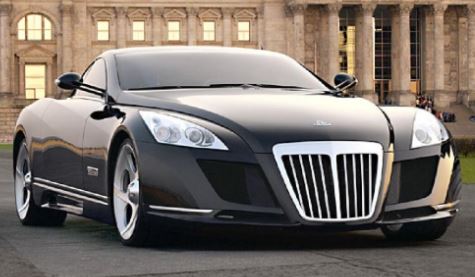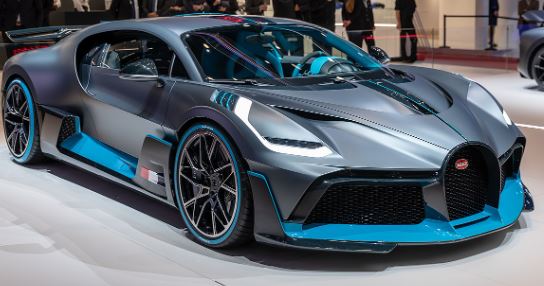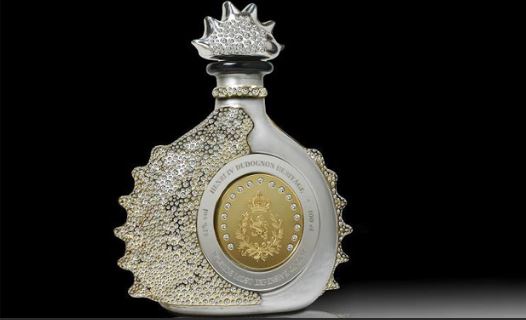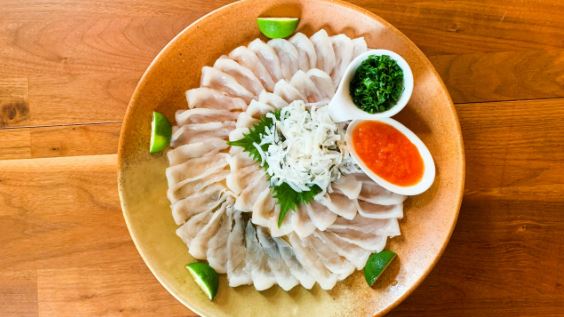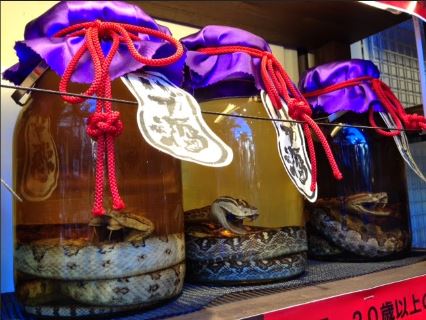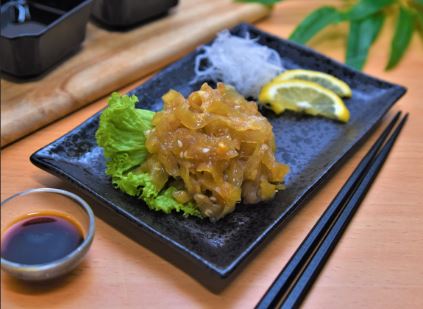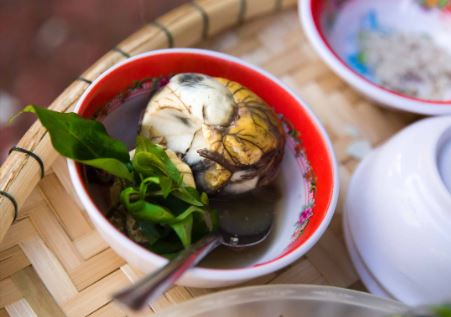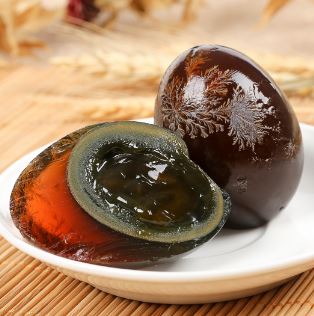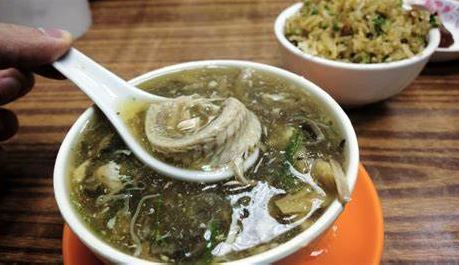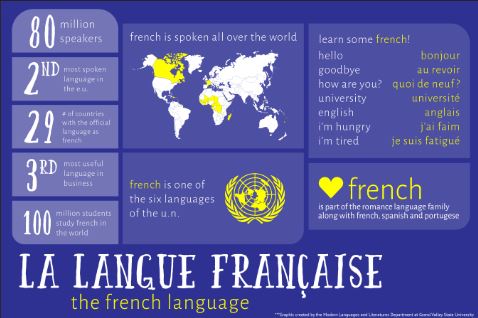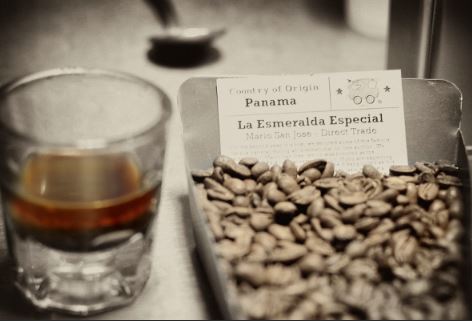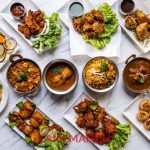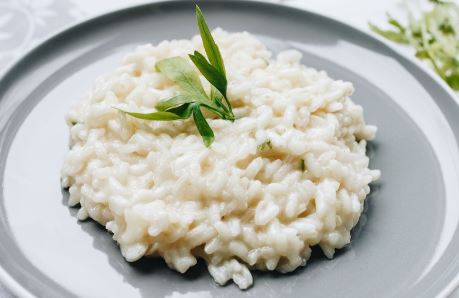1. Subway
The well-known fast-food chain Subway is known throughout the world for its customized submarine sandwiches, salads, and wraps. Established in Bridgeport, Connecticut in 1965, Subway has expanded to become one of the biggest restaurant chains globally, boasting thousands of locations in over 100 countries. The “Eat Fresh” tagline, which highlights the use of fresh and customizable ingredients, is well-known for the franchise. To build their own customized sandwiches, patrons have access to an assortment of breads, proteins, vegetables, and condiments. By providing a variety of low-fat and healthy options, Subway has led the way in promoting healthier fast-food options, which has helped it become incredibly popular and successful in the fast-food sector.

2. Mc Donald’s
Founded in 1940, McDonald’s is a multinational fast-food chain recognizable by its golden arches. It is among the biggest and most well-known restaurant chains in the world, with more than 38,000 locations spread over more than 100 countries. There are many different burgers, fries, chicken products, salads, and breakfast items available on the McDonald’s menu. The business is praised for its reliable service and taste constancy. McDonald’s introduced inventions like the drive-thru and Happy Meal, which helped popularize fast-food culture across the globe. It continues to be a cultural phenomenon, feeding millions of people every day and shaping the course of the fast-food sector, despite the odd controversy.

3. KFC
Fried chicken is the specialty of the well-known international fast-food company Kentucky Fried Chicken (KFC). Colonel Harland Sanders founded the first KFC in 1930, and it first opened for business in 1952. Recognized for its unique combination of “11 herbs and spices,” the original formula is still kept a closely guarded secret. Original Recipe, Extra Crispy, and Hot Wings are just a few of the chicken options available at KFC.
KFC (Kentucky Fried Chicken) is famous for its signature blend of 11 herbs and spices, creating a unique and flavorful fried chicken. The global fast-food chain’s success is attributed to its original recipe, iconic taste, and widespread presence, making it a popular choice for fried chicken enthusiasts worldwide.
These are frequently served with sides such mashed potatoes, coleslaw, and biscuits. KFC has approximately 24,000 locations throughout more than 145 countries, making it a cultural icon. The company is well-known for their red and white striped buckets, which stand for a dedication to providing the Colonel’s renowned chicken to every corner of the globe.

4. Burger King
Known for its flame-grilled burgers, Burger King is a multinational fast-food brand that was launched in 1954. The Whopper, a 1957-introduced flame-grilled beef burger, is the company’s flagship menu item. One of the biggest fast-food companies in the world, Burger King has hundreds of locations across more than 100 countries. Customers may personalize their burgers with a variety of toppings and sauces thanks to the brand’s dedication to flame-grilling. Burger King has launched new menu items over the years, such as the “Impossible Whopper,” a plant-based burger, and the well-known Chicken Fries. The brand has become well-known in the cutthroat fast-food industry thanks to its unique logo and marketing initiatives.

5. Pizza Hut
Known for its wide selection of pizzas, pasta, wings, and other foods, Pizza Hut is a multinational pizza chain that was established in 1958. Pizza Hut is a major player in the global pizza market, having hundreds of stores in more than 100 countries. The company is still known for its pan pizza, but it also offers a range of toppings and crusts to suit different palates. Pizza Hut caters to a diverse clientele by offering dine-in, delivery, and takeaway options. Known for its distinctive red roofs, Pizza Hut is still a well-liked option for people looking for quick and delectable pizza wherever in the world.








